Black bears (Ursus americanus) are the most abundant
and widely distributed of the three species of North American
bears. An estimated 100,000 black bears inhabit Alaska.
The black bear is the smallest of the North American bears.
Adults stand about 29 inches at the shoulders and are about 60
inches from nose to tail. Males are larger than females, and
weigh about 180-200 pounds in the spring. They are
considerably lighter when they emerge from winter hibernation
and may be about 20 percent heavier in the fall when they’re
fat.
Black bears can vary in color from jet black to white. Black
is the color encountered most frequently across the state, but
brown or cinnamon-colored black bears are sometimes seen in
Southcentral Alaska and on the southeastern mainland.
Cinnamon-colored black bears are also common in Alaska’s
Interior. Some bluish-colored bears called glacier bears may
be found in the Yakutat area and in other parts of Southeast
Alaska. Black bears often have brown muzzles and some also
have a patch of white hair on their chest.
Black bears are most easily distinguished from brown bears by
their straight facial profile and their claws, which rarely
grow more than 1 ½ inches in length. Black bears have adequate
sense of sight and hearing, but have an outstanding sense of
smell.
Subscribe to:
Post Comments (Atom)






 Alaska Time
Alaska Time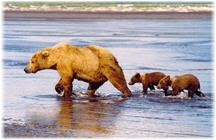








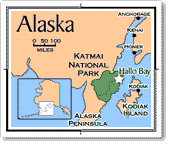

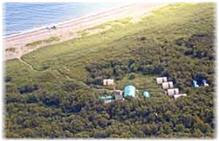


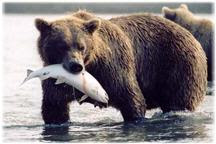
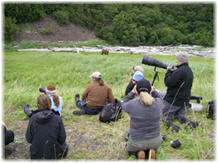




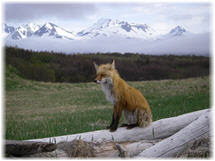


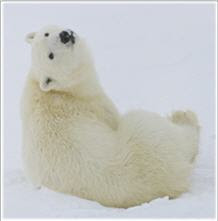







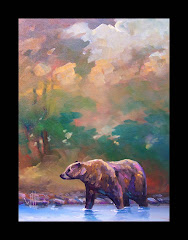





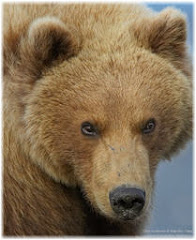




No comments:
Post a Comment